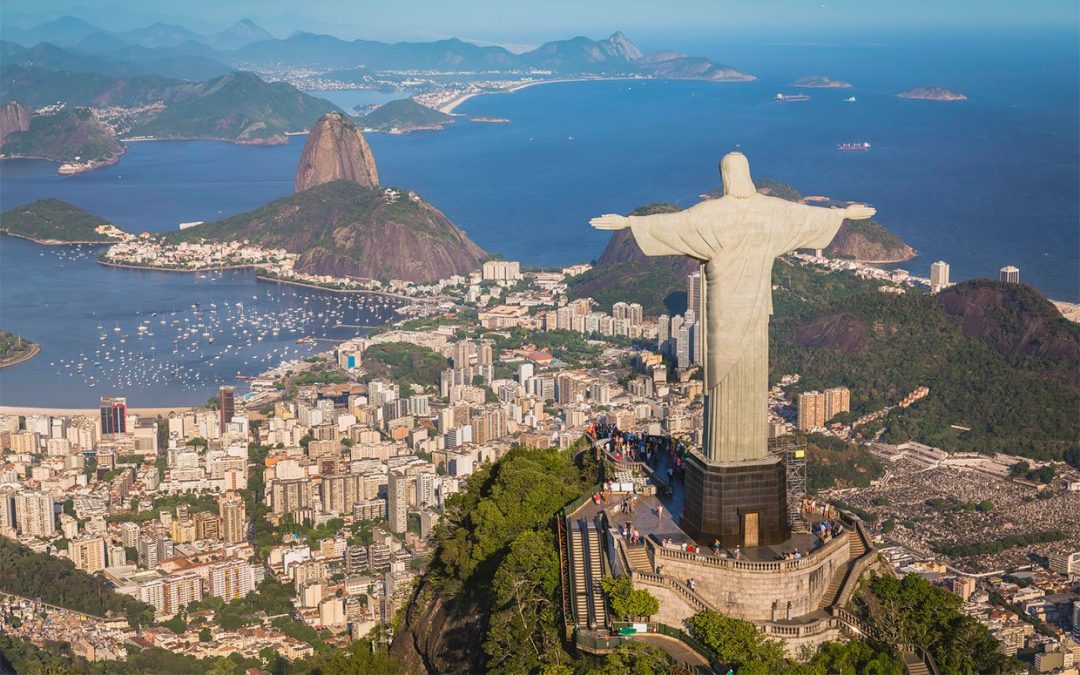TRAVEL BLOG 2
February 27 – March 3
February 28 – March 1: Two Days at Sea
Our first day at sea began with breakfast served in our stateroom.

Our “stewardess” is Sophia from the Republic of Georgia (names and locations have been changed to protect the innocent). She wears her long brown hair in a ponytail that swings back and forth when she walks. Her full lips are always painted a deep shade of pink. She looks 16, but we figure she must be older to be allowed to work on the ship.
Sophia makes us feel like the most important people on earth. “An extra towel? But of course Sir… Sparkling water? Yes Madame.” Well…you get the picture.
Today we engaged her in a conversation about the life of the crew onboard.
“Well…you know, there are ‘romances’ going on all the time,” she said. But then a dark shadow crossed her face. “But I think too highly of myself to do that.” She repeated this over and over again as if trying to convince herself, adding, “because those guys act one way but then they do something else…”
“What do they do?” I asked.
“I only did it one time. The ‘stripes’ (read: officers) are the worst,” she said, ignoring my question. We were left to imagine what she meant! “They are the ‘gods’. And the more stripes they have, the bigger ‘god’ they think they are.”
Abruptly, she giggled and said, “I go to the beach when we reach Ihlabela (an island off the coast of Brazil). I love the beach!” And off she went, her ponytail swinging behind her.
After breakfast, we went to the gym for a workout and then played tai chi under the lifeboats on Deck 4.

Later we took some time to write. We are having a lot of fun weaving together the life of Anastasia, one of the protagonists of our next book. As a resident of Buenos Aires and Montevideo during the 1940s and 50s, she has come to life on this trip in ways I never imagined. In general, our writing has really taken off. Just this week, we learned that the most recent essay I wrote about my childhood on the leprosy station, titled “Home,” was accepted for publication in Barely South Review. And the same day we received notice that another essay titled “A Good Marriage (in 3 Acts)” appeared in Gravel Literary Magazine.
After a brief siesta, we went to one of the restaurants for dinner. At the entry, the hostess addressed us by name without us mentioning any identifying information. I asked her how she knew, and she just smiled. I asked our waiters how she knew, and they just smiled. After dinner as we left the restaurant, when asked again, the hostess said, “You wore a red hat last night and you sat right there.” She pointed to our table from the prior evening. “Hats are not allowed in this restaurant.”
“Oh no…but you allowed me to wear it?” I asked.
“Just that time, Madame,” she said.
After that, she says “Hello Ms. Fiol” every time we pass in the hallways, and smiles knowingly. I wonder how many of the crewmembers know the “Ms. Fiol” who broke the rules?
March 2 – 3: Rio de Janeiro
At 8:00 a.m. on the 2nd, we sailed into Rio. The panorama was breath-taking as we floated past the beaches of Leblon, Ipanema and Copacabana. We both agreed that we’ve never seen a more beautiful city setting – with its mountains, beaches and sprawling neighborhoods, dotted with a mixture of elegant colonial palaces and sleek modern skyscrapers. We made our way past one of the world’s most famous landmarks – the massive granite cone at the Guanabara Bay known as Sugar Loaf Mountain, before docking at the Boulevard Olimpico.
The boulevard runs for 3.5 km and is lined with colorful street art, so characteristic of this lively city.
The ship’s captain provided a sobering word of caution before we disembarked. Just a few weeks ago, the crime rates here became so severe that the military has taken over policing the streets of Rio.
We enjoyed a daylong UNESCO Partner tour of the city and surroundings. After passing by the three beaches and through the city center, we ascended on a cogwheel tram (constructed in 1884 to provide transportation for the wealthy who had weekend homes high on the peak) to the iconic statue of Christ the Redeemer on Corcovado Mountain. It’s 2,400 feet to the top of the top, with a 360-degree view of the city’s beaches, skyscrapers and harbors. We had been told that we might not actually see the statue, since it is often shrouded in heavy clouds. We were so fortunate to have a beautiful view! The concrete and soapstone behemoth, standing 125 feet high, is considered one of the world’s most famous man-made wonders.

Lunch was then served for us at Marius, a flamboyant restaurant with restrooms one would have to see – there are simply no words to describe them! Lunch consisted of every form of meat you can imagine, along with delicious sides.
After lunch, we headed up Sugar Loaf Mountain via a series of cable cars. The pinnacle of the mountain was crowned with clouds, creating an eerie illusion as we watched cable cars ahead of us floating up into the whiteness.

What a beautiful, amazing, vibrant city of contrasts! Of the 10mm people who live in Rio and the surrounding area, 2mm live in favelas, or slums. We learned that the people who live in the favelas are not lazy bums. Rather, they are the working class of the city – bellboys, waiters, maids, etc. Their average salary is so low they cannot afford to live in a rented apartment. And it’s too far to travel from the country to their work places in the city. So they choose the favela as their home.
We returned to our ship with a big added dose of humility and gratitude.


It must be something about you because I don’t think they would have let me get by with a red had on……Happy travels. doft
🙂
I’m enjoying your blog Marlena and getting the travel bug!
Give Ed a hug for me.
Love
Chris
We are having a wonderful time traveling together, riding together, and most importantly being together.
More awesome adventures, for sure!
You are such a rebel! I love it!
It takes one to know one, Linda!